Air leaks are common throughout a building envelope and these can lead to higher energy consumption, ventilation and condensation, resulting in a poor indoor climate. To detect air leaks with a thermal-imaging camera, a temperature and pressure difference over the construction is needed.
The air leak itself is invisible but the camera will provide evidence of the characteristic patterns that occur when there is cold air ingress through a structure that causes surfaces to cool down in its path.
Thermal imaging is also suitable for identifying potential sites for condensation build-up, which is important as moisture damage is the most common cause of structural deterioration. Air leakage can cause condensation to form on walls, floors or ceilings and as wet insulation takes a long time to dry it becomes the prime location for mould and fungi. Scanning with a Flir thermal-imaging camera can easily locate this moisture, which may be invisible to the naked eye. By elevating the temperature in that area, materials that are damp will be clearly visible as they change temperature at a much slower rate than dry materials.
Air Leakage Thermal Imaging is useful for spotting thermal bridges, areas with less insulation caused by the incorporation of a metal fastener, concrete beam, slab or column. Heat will flow from the heated space to the outside along the path of least resistance and ‘short circuit’ across the thermal bridge, which has a much higher level of conductivity than surrounding, energy-conserving material.
Air Leakage Thermal Imaging is also suitable for the inspection of pipework. It can detect any build-up of deposits in pipes or radiators that may be causing inefficiency. According to Flir, Air Leakage Thermal Imaging ideal for tracing leaks and for pinpointing roofing problems.
Air Leakage Thermal Imaging Key Features And Benefits
- Critical evidence — such as air leakage and areas with insufficient insulation or showing water ingress — is clearly visible.
- Temperature measurements can be taken across an entire image; even low-end models can provide 6,400 infrared measurement points. A top-of-the-range camera increases this to
 307,200 from a 640 x 480 detector.
307,200 from a 640 x 480 detector. - The larger the detector, the greater the image quality — and this also allows the camera user to see thermal details over a distance. These factors make the technology a particularly good choice for inspecting hard-to-access areas and also those that pose a personal safety risk.
- Software features such as radiometric image stitching extend inspection efficiency further.
- Thermal imaging minimises the need for building disassembly, saving time and labour costs. It also provides verification of a successful repair
